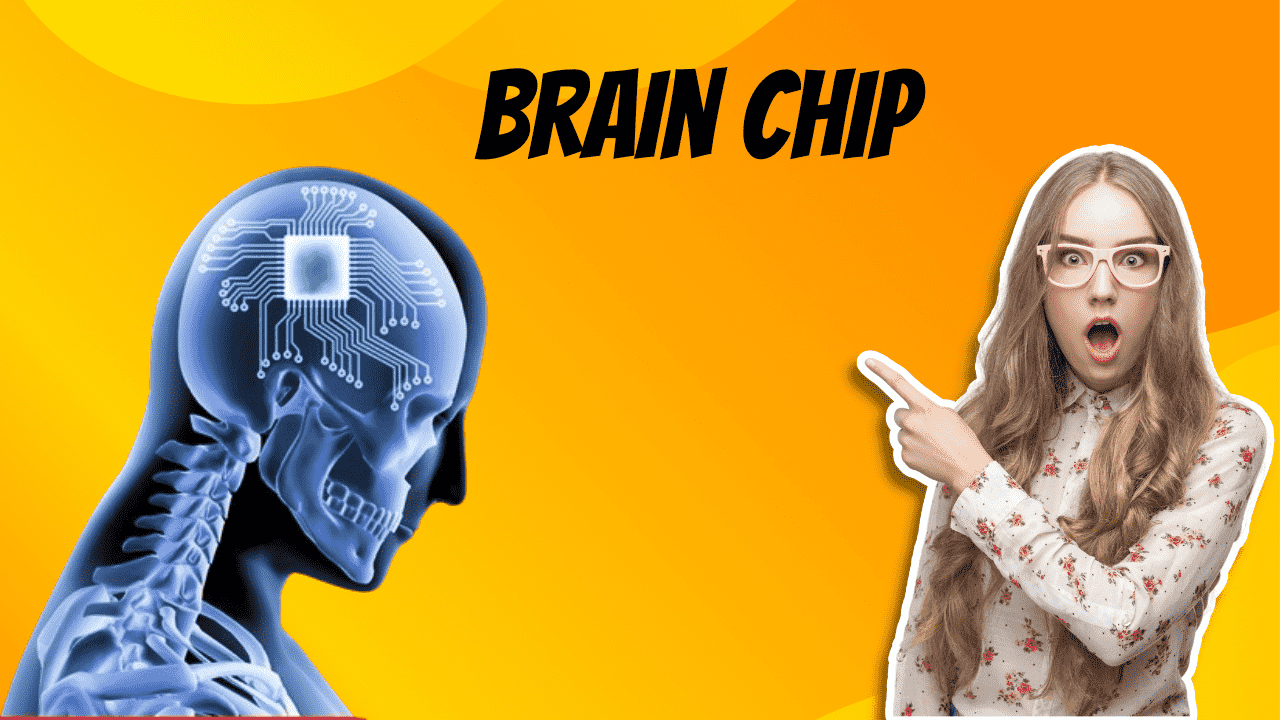Neuralink’s Revolutionary Brain Chip Enters Human Trials: A Leap into the Future of Thought-Controlled Technology
In a groundbreaking development, Elon Musk’s Neuralink has entered the human trial phase with its pioneering brain-computer interface (BCI) technology, unveiling the ‘Telepathy’ brain chip. Neha Singh, reporting for NDTV Gadgets360, delves into the details of this remarkable advancement that could usher in a new era of thought-controlled machines.
Introduction:
Elon Musk’s venture, Neuralink, founded in 2016, has been diligently working on the development of a Brain-Computer Interface (BCI). The company recently announced the commencement of human trials, marking a significant leap forward in the field of neurotechnology. The brain chip, named ‘Telepathy,’ has been successfully implanted in a human, a pivotal step following extensive testing on animals.
Potential Impact:
The implications of this technological leap are vast, with the prospect of controlling machines through mere thoughts becoming a reality. Elon Musk envisions a future where individuals, including those with paralysis, can communicate with machines at unprecedented speeds. The founder shared on platform X, “Imagine if Stephen Hawking could communicate faster than a speed typist or auctioneer. That is the goal.”
Historical Context:
While Neuralink’s progress is remarkable, it is not the first foray into Brain-Computer Interface technology. Neuroscientists and researchers have been exploring this domain since the 90s, initially testing on animals before successfully implanting BCIs in humans. Neuralink, however, stands out due to the promising capabilities of its brain chip.
Neuralink’s Distinctive Features:
What sets Neuralink apart is not only its ambitious goals but also the unique characteristics of the ‘Telepathy’ brain chip. About the size of a few coins, the chip is inserted into the brain through a highly complex procedure performed by a specialized surgical robot. This approach ensures precision beyond human capability. The chip’s threads or wires are directly connected to the brain, monitoring its activities and transmitting signals to an application on phones and computers. Additionally, the chip can be wirelessly charged once inserted.
Promising Technology with Safety Concerns:
While the technology holds immense promise, concerns about safety arise, given its direct involvement with the human brain. Access to an individual’s thoughts raises ethical questions that will undoubtedly need careful consideration.
Conclusion:
As Neuralink progresses into the human trial phase, the world awaits eagerly to witness the actualization of Musk’s vision for a thought-controlled future. The technology, if successful, could redefine the boundaries of science and technology. For now, we watch and anticipate, acknowledging the transformative potential while remaining mindful of the ethical implications that accompany such groundbreaking innovations.
Frequently Asked Questions (FAQs) about Neuralink’s Telepathy Brain Chip:
- What is Neuralink’s Telepathy brain chip?
- The Telepathy brain chip is a groundbreaking creation by Elon Musk’s Neuralink. It is a Brain-Computer Interface (BCI) technology designed to enable direct communication between the human brain and external devices.
- When was Neuralink founded, and why?
- Neuralink was founded in 2016 by Elon Musk. The company aims to develop advanced neurotechnology to enhance human cognition and address neurological conditions by creating a seamless interface between the brain and machines.
- What sets Neuralink apart from other Brain-Computer Interface projects?
- Neuralink stands out due to its ambitious goals and the distinctive features of its Telepathy brain chip. The chip, about the size of a few coins, is inserted into the brain by a specialized surgical robot, allowing for precise and intricate procedures.
- How does the Telepathy brain chip work?
- The chip’s threads or wires are directly connected to the brain, monitoring its activities and transmitting signals to an application on phones and computers. These signals can potentially be used to control external devices, opening up possibilities for thought-controlled technology.
- What is the significance of Neuralink entering the human trial phase?
- Neuralink entering the human trial phase marks a crucial milestone in the development of its technology. It signifies the transition from successful animal testing to real-world application in humans, bringing us closer to realizing the potential of thought-controlled machines.
- What are the potential applications of the Telepathy brain chip?
- The technology could revolutionize various fields, including communication, prosthetics, and accessibility. Elon Musk envisions a future where individuals, including those with paralysis, can communicate with machines at speeds surpassing conventional methods.
- Are there any safety concerns associated with the Telepathy brain chip?
- Yes, there are concerns about the safety of the technology, given its direct interaction with the human brain. Access to an individual’s thoughts raises ethical questions, and the safety of the implantation procedure is a critical consideration.
- How is the Telepathy brain chip charged?
- Once inserted, the chip can be wirelessly charged, adding to the convenience of its use.
- Is Neuralink the first company to work on Brain-Computer Interface technology?
- No, Neuralink is not the first. Researchers and neuroscientists have been exploring Brain-Computer Interface technology since the 90s, initially testing on animals before progressing to human trials.
- Where can I get updates on Neuralink’s progress?
- Stay tuned to reliable news sources, the official Neuralink website, and platforms where Elon Musk shares updates, such as social media and technology forums, for the latest information on Neuralink’s progress.

